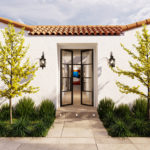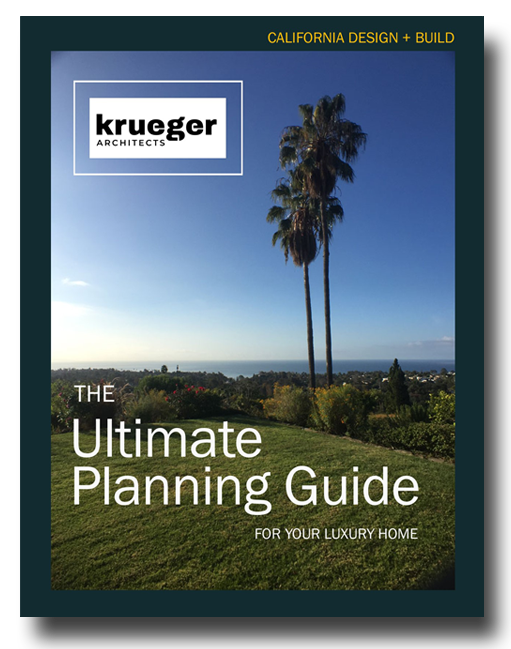Part 2 of our 2-part series on Natural Disasters in Southern California and what can be done to protect your home. See part 1 of our series on how to protect yourself against wildfires.

The recent mudslides in Santa Barbara County are another reminder of how closely wildfires and mudslides are related. Mudslides often follow widespread wildfires because fire creates the perfect conditions for mudslides–you just need a decent level of rain to set off a chain reaction of events. I’ll explain.
How Mudslides Are Created
- During a fire, all surface vegetation and ground litter like leaves and sticks are burned off. This leaves behind an unstable, loose layer of ash.
- As the ground vegetation burns, it releases gas into the soil that weakens its underground roots.
- After the fire, the gas cools and then hardens to form a wax-like layer a few inches below the soil which surrounds the soil particles.
- As the rain falls, large chunks of topsoil and ash become loose and slide down the face of the slope.
- As this layer comes down the hill, it picks up speed and more debris, creating devastating impacts below.
How to Design your Home to be Mudslide-Resistant
While mudslides may be inevitable after devastating wildfires, there are ways that thoughtful architectural design can prevent or mitigate far more serious damage to your home and property.
- Know your risk. FEMA recommends obtaining a geological survey of your property to better know the likelihood of mudslides in your area.
- Plant deep-root vegetation that holds the topsoil in place and are fire-resistant. Avoid planting heavier plants, which can potentially break loose and create more damage. Also, keep all trees and plants well-watered. Dry or dead plants will not guard against a mudslide and can compound the problem.
- Install flexible pipe fittings, which can better resist breakage, to avoid gas and water leaks.
- Raise equipment such as water heaters, furnaces, and electrical panels off the ground to prevent water damage. Also, be sure to know how to shut off the gas and water in case of an emergency.
- Construct retaining walls that are strong enough to handle excessive forces of a mudslide and will not be swept away. Creating channels, flow areas, or deflection walls can help to direct the water and mud to flow around your home. Remember, if the water and mud flows around your property, you may be liable to damage caused to your neighbor’s property.
- Consider temporary measures. Sandbags and straw wattles offer are a less permanent solution. They can be easily installed around the perimeter of your home and can stop smaller mudslides from gaining momentum. However, they will not be very helpful against large mudslides or the flow of large debris. They do allow water to pass while stopping the soil, which may result in water-related damage
In addition to design related options for mitigating the affects of mudslide, you should always consider obtaining mudslide insurance. This coverage is not typically including in standard policies, so you’ll need to inquire about this additional coverage. At the very least, make sure your home has flood insurance to cover any water damage associated with a mudslide.
Be sure to look for warning signs that may reveal you are in an area susceptible to mudslides. For example, downward leaning trees, doors and windows that stick, paved walkways separating from your house, and widening cracks in the ground, can all be signs of a mudslide-prone area. Hillside lots in particular are prone to flash floods and mudslides during heavy rains and extra care should be taken for these properties.
Be Prepared if a Mudslide Starts
If you begin to hear a slight rumbling noise that gets continuously louder, immediately seek a safe location. If you are caught inside your home during a mudslide, move to a second story and try to stay out of the path of debris. Once the mudslide passes, watch for downed power lines and other possible hazards.
While these measures may not always prevent damage, with a little preparation, you may mitigate the vast majority of damage from mudslides after a wildfire.





